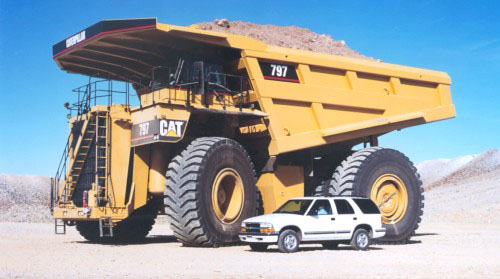Did you read a single thing I said?
Weight differential, weight differential, weight differential.
- A Green Line Type 8 weighs 87,000 lbs. (<-- morbidly obese for an LRV!)
- The new Orange Line cars weigh 110,000 lbs.
- The new Red Line cars weigh 125,000 lbs.
- A freight car weighs 263,000 lbs. 286,000 lbs. allowed on most heavier-rated lines (including the NEC from Mansfield to Bronx, NY), and 312,000 lb. rating on the Worcester Line Albany to Allston. One single freight car (never mind the locomotive and all the other cars lashed-up into a train) can and usually does weigh more than a 4-car Green Line train, and two 312K freight cars by their lonesome can weigh as much as a 6-car Orange train.
It can't be made 100.000000% fail-safe, because the weight differential is as extreme as it is.
Sorry...the Innovation Economy™ is not going to cook up some Disruptive Innovation™ that Changes Everything™ tomorrow. That's not how continental transpo common carriers work...not in the 20th century, not 2000 years ago on a Roman wagonway.


